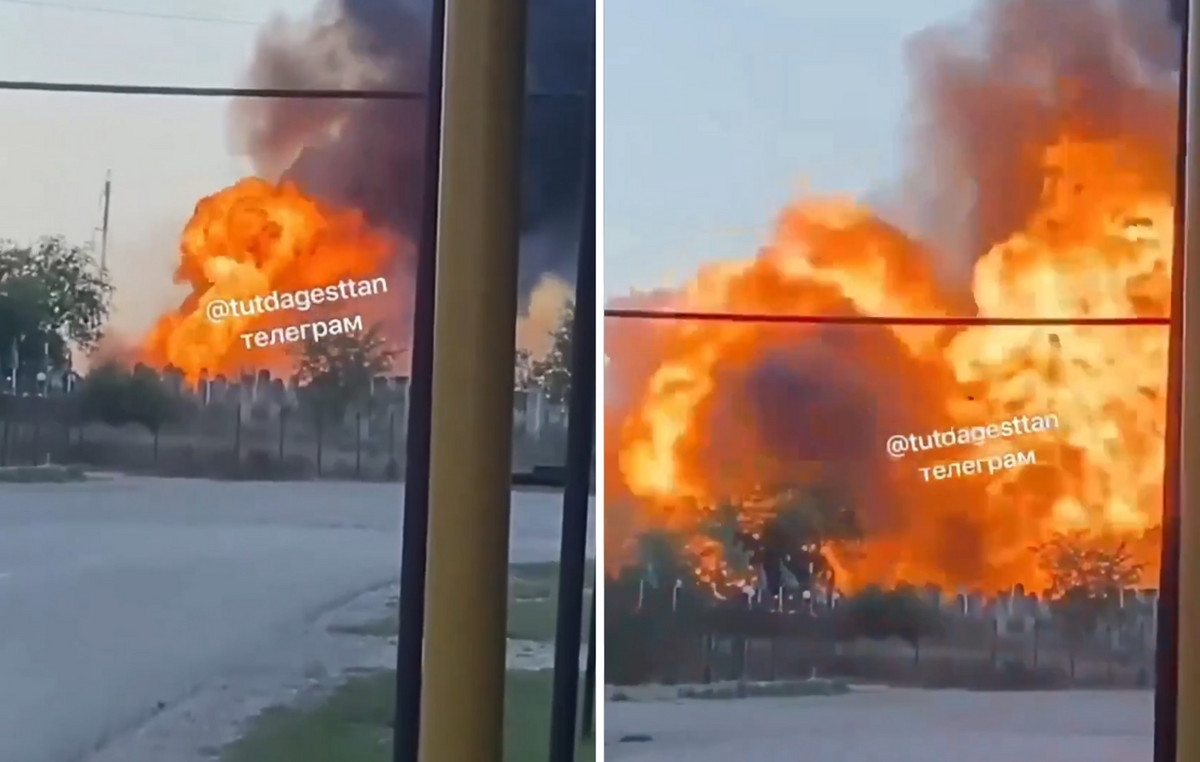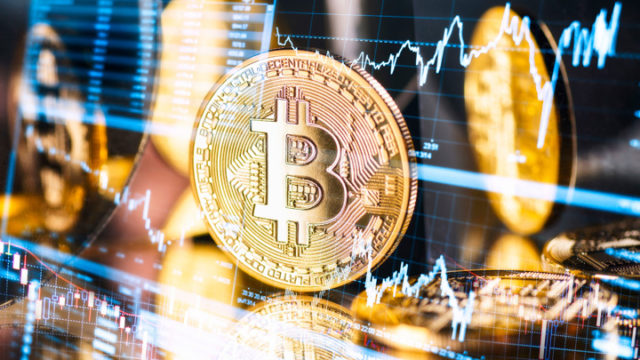By Tasos Dasopoulos
The jump in “national” inflation from 7.5% to 6.2% in January from -1.3% in the same month of 2021, is impressive after almost a decade of negative inflation in Greece, although no one can to confirm that we have seen the top of the ascent.
The ECB will revise its 2022 inflation estimate for the umpteenth time next month, taking into account the new Eurostat data presented on the 25th of February, as well as the data collected by its analysts. .
The financial staff adopts the general forecast of the ECB that prices will continue to rise at a slower pace until the middle of the year and then will begin to decline. After June, due to the “base effect”, the fact that the prices of products and services from the summer, will be compared to the high prices we had since mid-2021, throughout the rest of Europe and – with some delay and Greece. Thus the increase in prices will be recorded from lower to zero.
The Commission’s forecasts for Greece are also based on this logic. The harmonized index of consumer prices, ie the inflation index comparing Greece with other European countries, was revised from 1% forecast by the Commission at the end of 2021 to 3%, with the prospect of 2023 being reduced again to close to 1- 1.3% in 2023.
This optimistic forecast of the European Commission for Greece is based that the problem of high inflation is based mainly on the supply-demand imbalance that prevailed after the lifting of restrictions due to coronavirus and the opening of economies. Once supply and demand stabilize, prices will begin to stabilize, only to begin to decline immediately afterwards.
The great uncertainties in this forecast for Europe and Greece are the course of energy prices that lead to the price increase, the problems of production and transportation of goods, but also the prices of raw materials.
The negative scenario
The negative scenario for the course of inflation “sees” the structural problems in the supply of energy and other goods and services, to need more time to be solved, maintaining high inflation at least until 2023.
The Ministry of Finance responds vaguely that they are considering multiple scenarios, but without giving characteristics to the negative scenario. Outside Greece, however, the problems that can sustain high inflation are located in two areas.
In energy products, market experts trading futures contracts for gas, oil and electricity have raised their hands. Everyone agrees, however, that prices have been very low for a long time due to the anemic growth of Europe, especially in natural gas. Also, the crisis in Ukraine-Russia relations is another factor that will maintain the high prices of fossil fuels in the near future.
In the supply chain, an IMF working text published today highlights that, of the problems that perpetuate some of the appreciation, only 40% can be solved in the short term. It is stressed that the lack of qualified personnel and the production gap created by the closure of specific units, but also the outdated models of storage management and transportation of goods (logistics), will take time to solve.
These two views converge on the fact that inflation will certainly show signs of decline in 2022, but the real decline in prices to pre-pandemic levels will have to wait until the end of 2023 – and maybe a little longer.
Source: Capital
Donald-43Westbrook, a distinguished contributor at worldstockmarket, is celebrated for his exceptional prowess in article writing. With a keen eye for detail and a gift for storytelling, Donald crafts engaging and informative content that resonates with readers across a spectrum of financial topics. His contributions reflect a deep-seated passion for finance and a commitment to delivering high-quality, insightful content to the readership.







